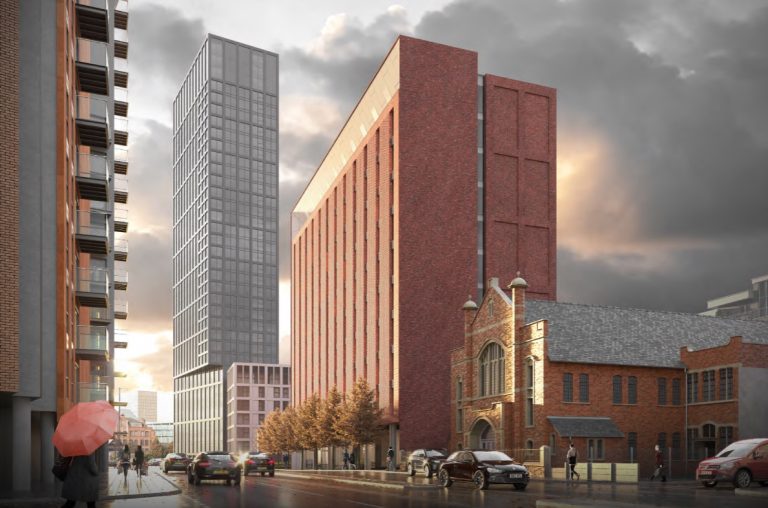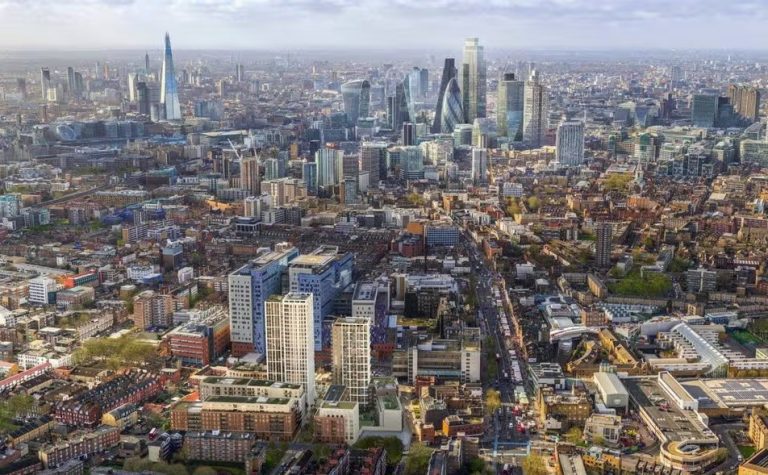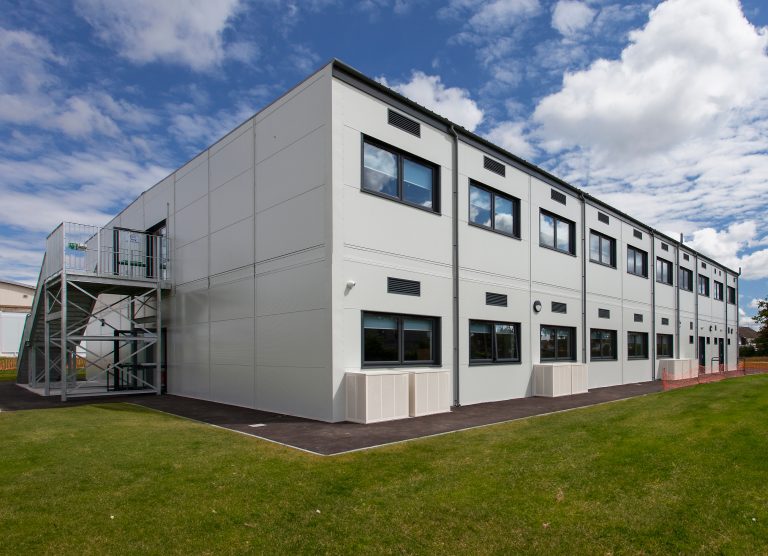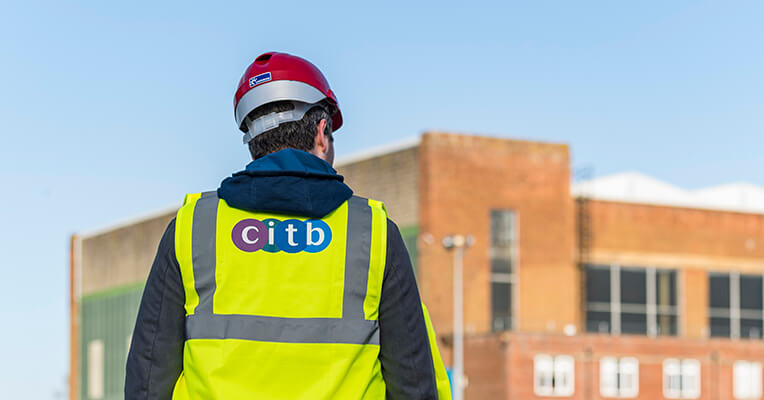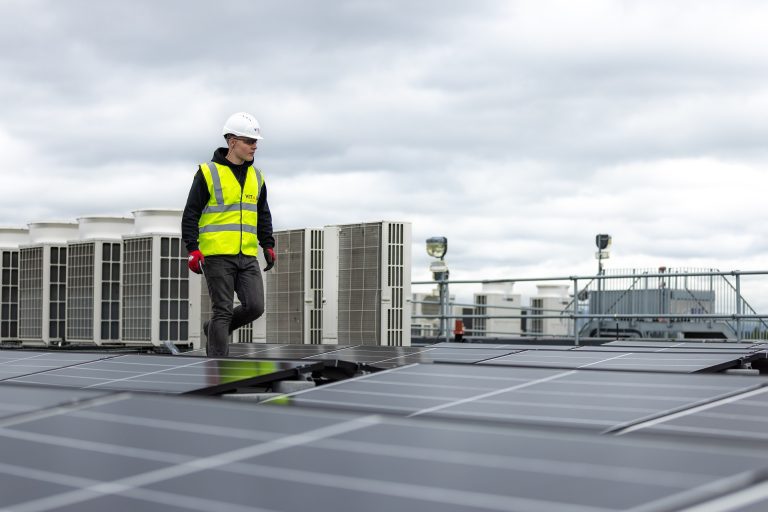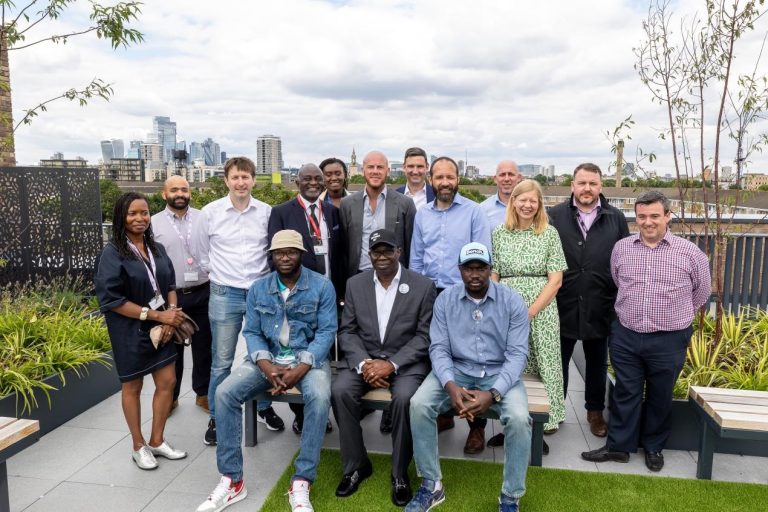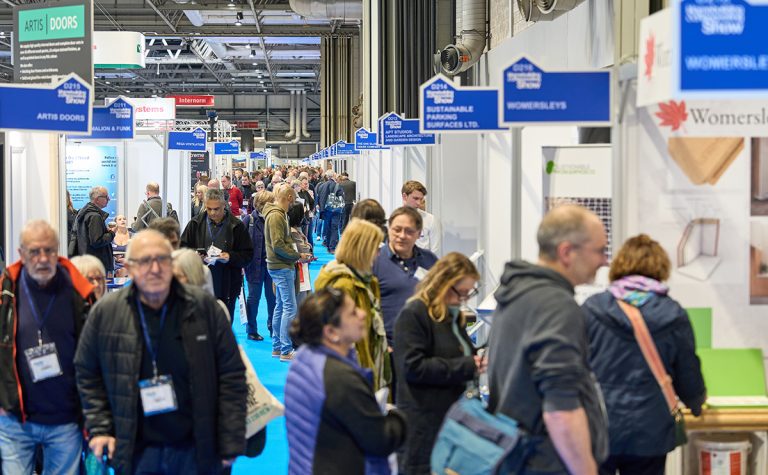Michael Holmes, property expert for the London Homebuilding & Renovating Show and Vice Chair of the National Custom and Self Build Association (NaCSBA), says: 1. High VAT Costs for London home improvements Ensure your contractor is VAT-registered and can apply the reduced rate for eligible works. Take advantage of the 5% VAT rate for installing energy-saving materials like insulation, solar panels, and heat pumps. If converting a non-residential building into a home or renovating a property that has been empty for 2+ years, you may qualify for a reduced 5% VAT rate. Projects that increase or decrease the number of dwelling units, such as splitting a house into flats or vice versa, can attract a reduced 5% VAT rate. Renovating properties that have been empty for 10 years or more, or changing the use of a building, may also qualify for the reduced 5% VAT rate on all eligible labour and materials. 2. Substantial property taxes for London househunters First-time buyers can benefit from Stamp Duty Land Tax (SDLT) relief on properties up to £500,000. If you are transferring equity (ownership) of a property, SDLT may only be payable on the portion being transferred. Purchasing a property that includes both residential and commercial elements can qualify for the non-residential SDLT rates (often lower than residential rates). If you are purchasing multiple properties in a single transaction, such as a house with an annex, you may qualify for Multiple Dwellings Relief, which can lower the SDLT payable. Try to negotiate the purchase price to fall just below an SDLT threshold to benefit from lower SDLT bands. If possible, structure the purchase agreement to include deferred payment arrangements, which can spread the SDLT liability over a longer period. When buying through a shared ownership scheme, you can choose to pay SDLT in stages based on the share you purchase, which can reduce the initial SDLT burden. 3. Air Pollution A mechanical ventilation with heat recovery (MVHR) system ensures a consistent supply of warm fresh air no matter the temperature outside. It also has filters to clean the incoming air of pollen, dust and other particles so it’s constantly replenishing your home with fresh, filtered air. 4. Climate Change Impact An architect using the Passivhaus design software will be able to predict how much overheating your home will experience in summer and advise on measures to bring this down. For example, external blinds can be very effective at reducing solar gain (which causes the temperature to rise in your home) by between 80 and 100%. The most effective systems should be fixed or need intervention to be effective such as brise soleil and overhangs. But shutters blinds or awnings can also be effective. Other useful measures include optimising the size of your windows, doors and rooflights, and deep window reveals. 5. Lack of skilled labour We have a real shortage of skilled labour in the UK Construction industry. However, there are still good trades and builders out there. You will have to wait for the good ones as they’re booked up, so do not be tempted to rush into using someone who can start on Monday. They aren’t busy for good reason. Use social media to follow their jobs, you can build a good understanding of their company without getting off your sofa. 6. Planning delays The current planning system is flawed and needs a radical overhaul to get London building again. If the new government looks at this as a matter of urgency it will hopefully reduce the delays homeowners are currently seeing with planning applications which means their build can start quicker and with less red tape. 7. Fitting an air source heat pump Due to the nature of London buildings which are close together and often have a high number of occupiers, a lot of the properties are not immediately suitable for heat pump installation procedures. Also, some of the permitted development rules and regulations can make it more difficult to fit new technology… One long-term effect will be that the ‘spark gap’ – the difference in price between the cost per kw of electricity and the cost per kw of gas, for heat – is getting bigger as gas gets harder to find. So, there will be a cost burden going forward, as we’ll have carbon emissions, but it’ll also be more expensive in the future to run gas. And it’ll be much more expensive than to do the conversion to a heat pump because, potentially, the boiler upgrade scheme grant won’t be there. If these could include hybrid systems (where you keep the boiler but have a heat pump as well), this might also become a solution for congested areas. 8. The cost and complexity of the energy efficiency upgrades As we’ve seen in the past with solar photovoltaic panels, the moment that you make it easier for people to get them, the turnover increases and the cost comes down. So, what we need to do is increase the adoption rate by making it simple for people to adopt new energy efficient technology. Then from that perspective, the cost comes down and more people can implement energy efficiency upgrades. And what starts as a snowball rolling down a hill becomes an avalanche of change. 9. Understanding what can be done without needing a full planning application Permitted development rights are what allow you to do things to your house without having to make a planning application. Each of these rights has a different set of criteria that your project needs to meet in order to qualify for the exemption. Many of these criteria are super complicated. Luckily the government has pushed out a technical document that explains them. Just put “Permitted development rights for householders: technical guidance” into a search engine. Again, a planning consultant can advise on what it means, but the only way to obtain a legally binding confirmation that what you want to do doesn’t require a planning application is to get a lawful
